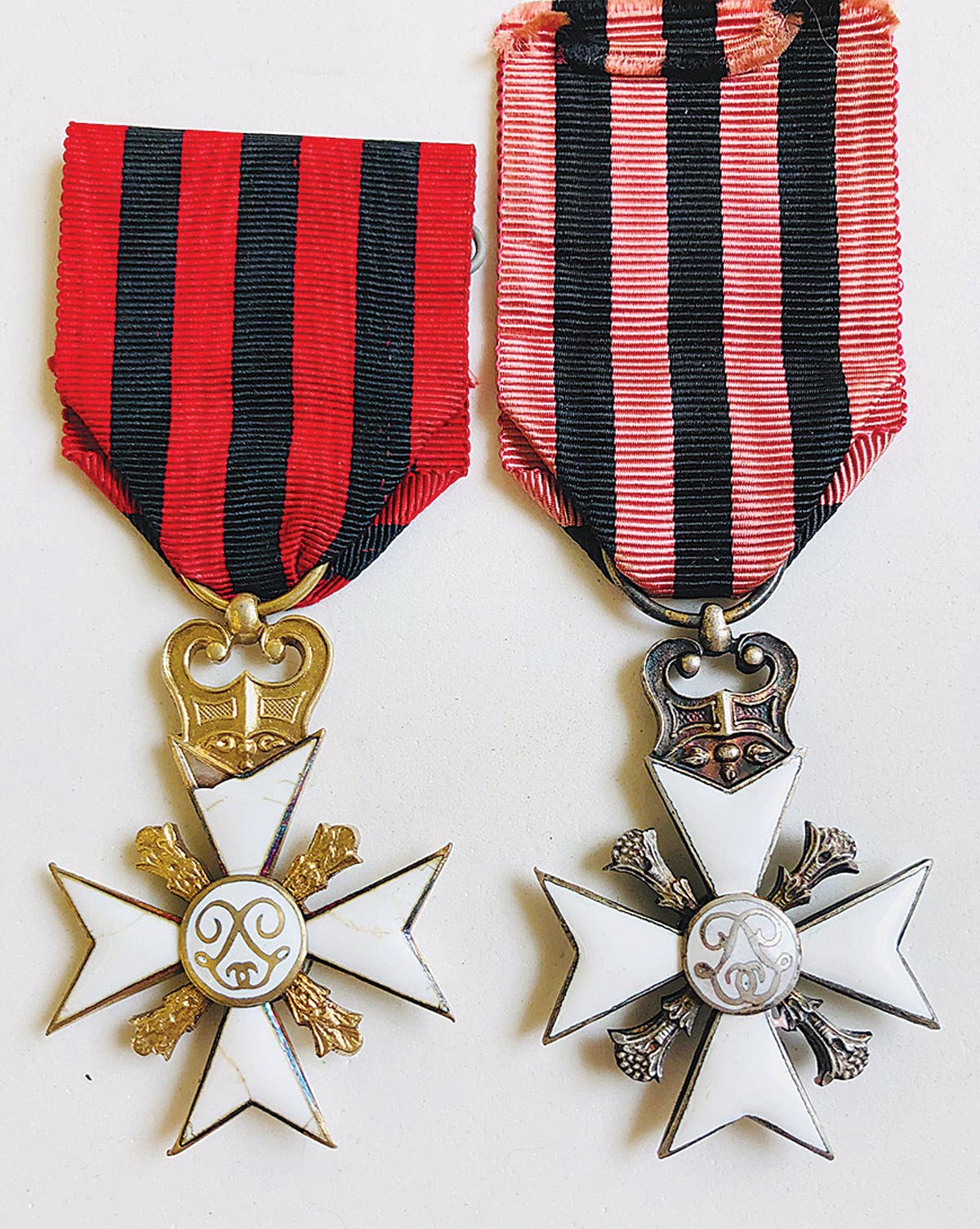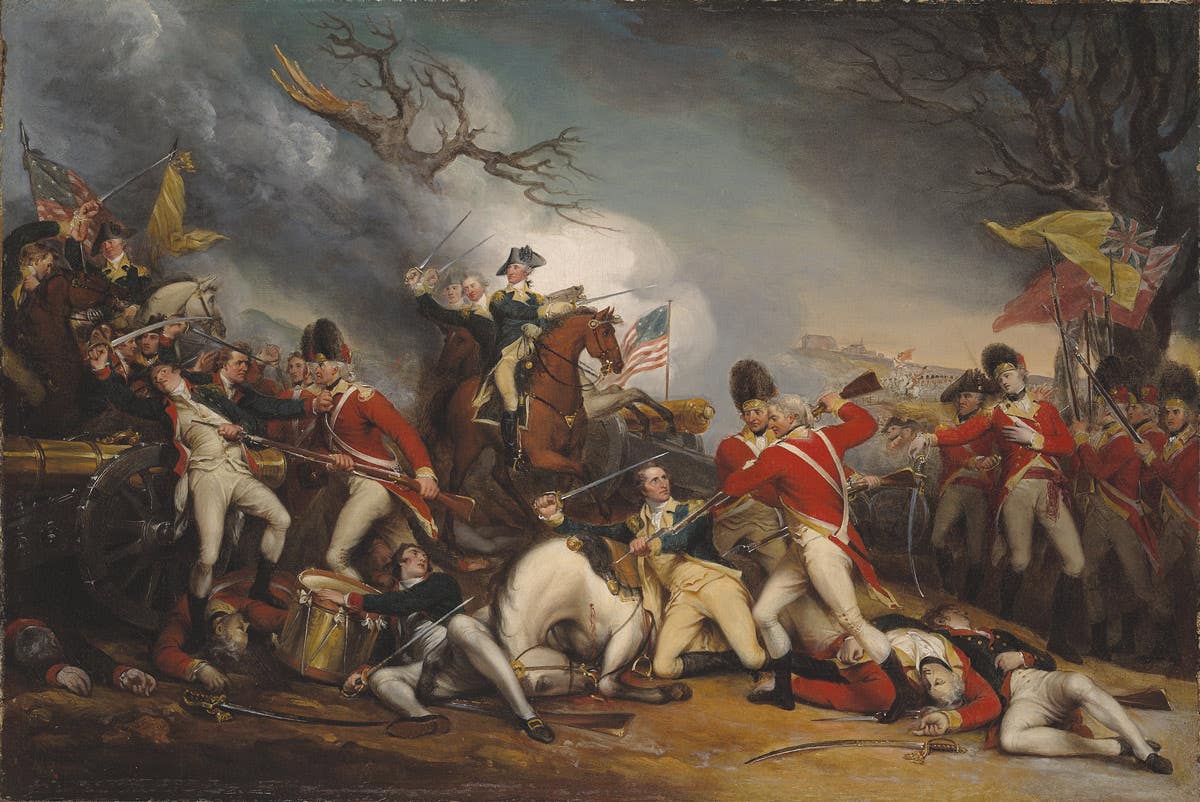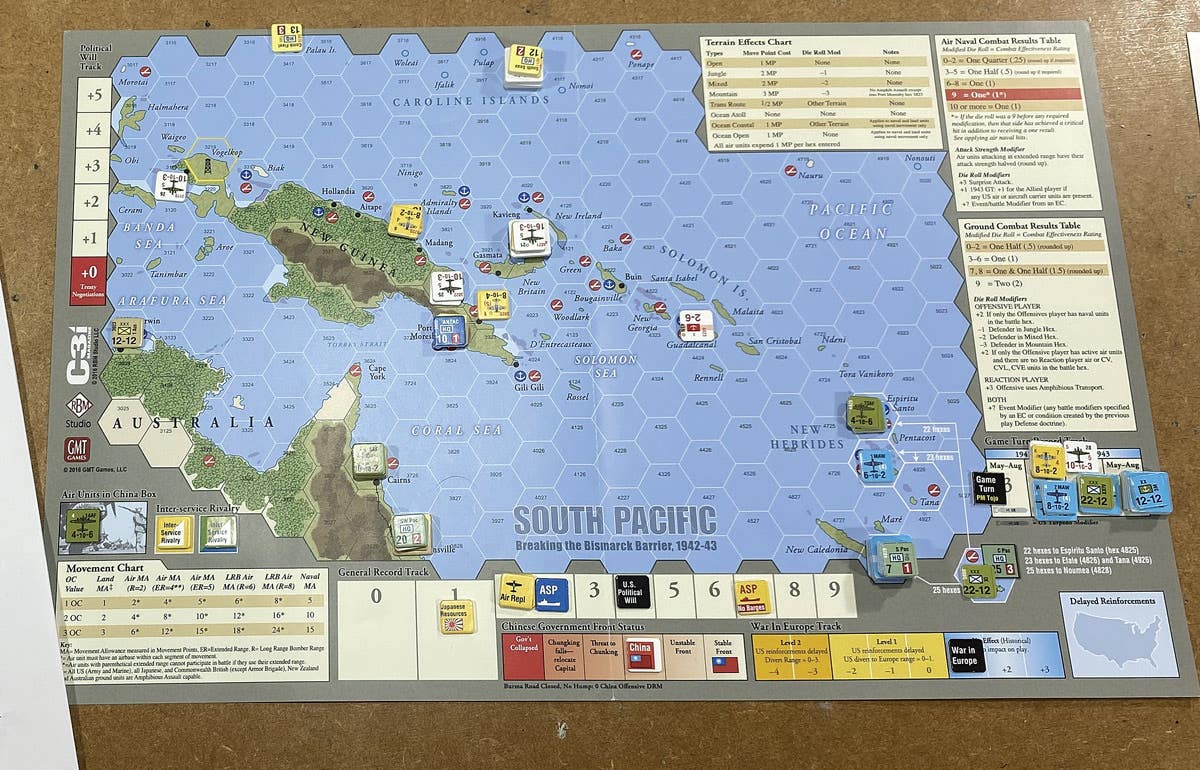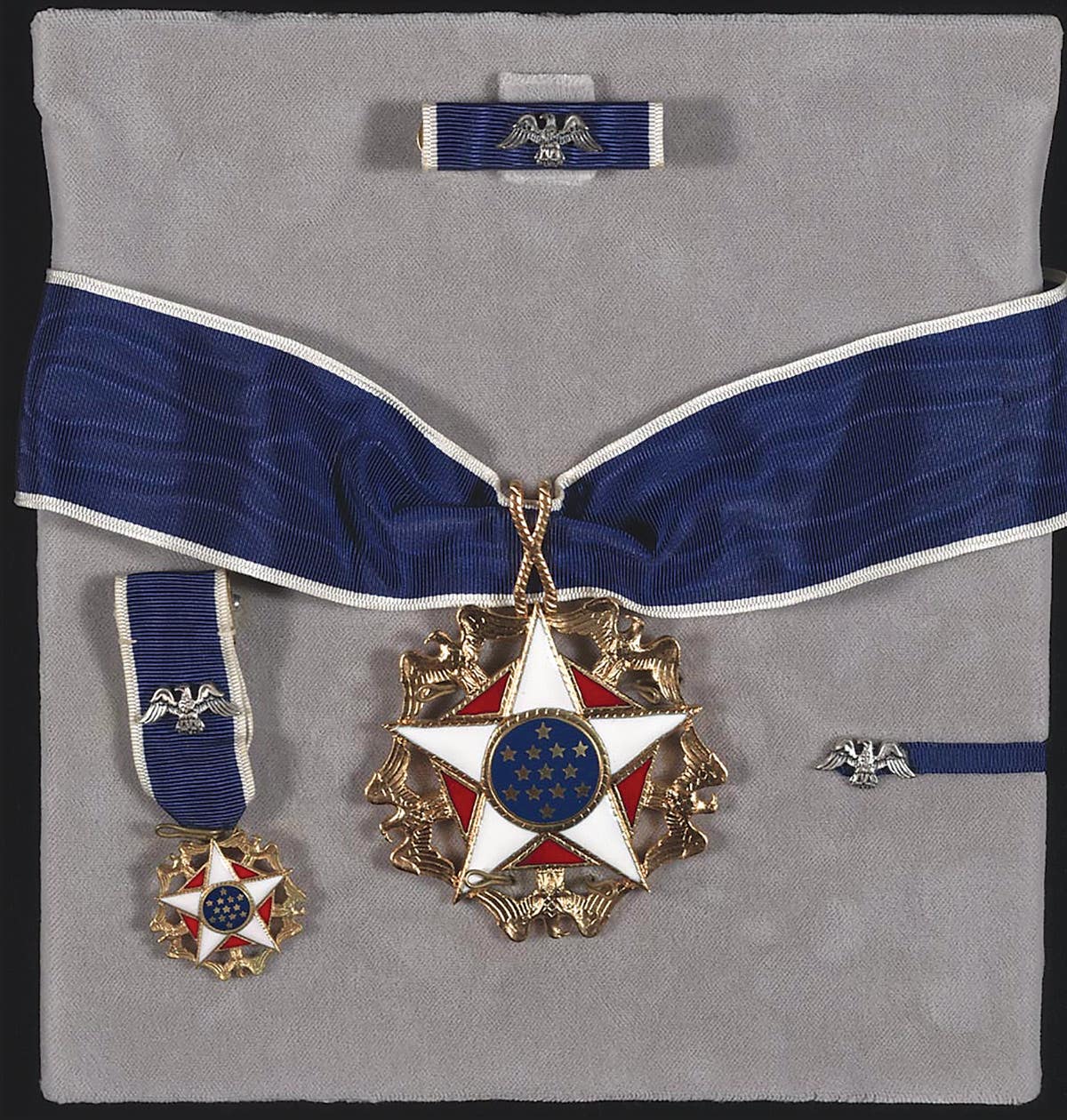Vintage shooting experience hits the mark
“Ready on the left? Ready on the right? Ready on the firing line!” With that, I took a deep breath, exhaled half and held the remainder. I checked my feet…
“Ready on the left? Ready on the right? Ready on the firing line!” With that, I took a deep breath, exhaled half and held the remainder. I checked my feet and the grip on my M1 Garand. With clean, Wisconsin oxygen in my lungs, I looked down range: 200 yards away was a target that seemed no bigger than a pencil’s eraser. Could I even hit the paper?
A Different Way to Celebrate our Military Heritage
Though my “main” hobby is collecting military relics, I have enjoyed many different pursuits through the years. When I was younger (and skinnier), I was a die-hard Federal militia, Civil War, WWI and WWII reenactor. I have raced and restored cars. I love fishing and when I was very young, I was a hunter (until one fateful day when I hit a squirrel with a .58-caliber minie ball fired from my Civil War rifle musket—that’s another story!).
Whatever the passion of the moment was, though, the theme that seemed to carry through is: I like to experience history, rather than line it up in riker mounts or fill a room with static displays. Don’t get me wrong. Just on the other side of the computer where I am typing stand five mannequins donning WWI Tank Corps uniforms. I do love my static displays, but if ever there is a chance to experience history through the relics (or great reproductions), I am the first to step up to the line!
So, when a fellow collector and historic military vehicle enthusiast, Jeff Rowsam, invited me to go to a “Garand shoot,” my ears perked up. I assumed that he was talking about those kinds of shoots where participants have modified their weapons beyond any historical recognition. He must have sensed that doubt, because he wasted no time interjecting, “These guys shoot ‘as-issued’ M1 rifles—no customized barrels or plastic stocks.” He went on to explain, “The event is one of Civilian Marksmanship Program’s sanctioned events.”
I recognized the name. In fact, though I knew it simply as “CMP,” I recognized it as a source of vintage surplus firearms. In fact, I had obtained my Garand many years ago through the CMP.
The U.S. Congress created the CMP as part of the 1903 War Department Appropriations Act. The original purpose was to provide civilians an opportunity to learn and practice marksmanship skills so they would be skilled marksmen if later called on to serve in the U.S. military. Over the years, the emphasis of the program shifted to focus on youth development through marksmanship. From 1916 until 1996, The U.S. Army administered the CMP. Title XVI of the National Defense Authorization Act for Fiscal Year 1996 (Public Law 104-106, 10 February 1996) created the Corporation for the Promotion of Rifle Practice & Firearms Safety (CPRPFS) to take over administration and promotion of the CMP. The CPRPFS is a tax-exempt non-profit 501(c)(3) corporation that has been Federally chartered by the U.S. Congress, but is not an agency of the U.S. Government (Title 36, United States Code, Section 40701 et seq). Apart from a donation of surplus .22 and .30 caliber rifles in the Army's inventory to the CMP, the CMP receives no Federal funding.
Any U.S. citizen who is legally not prohibited from owning a firearm may purchase a military surplus rifle from the CMP, provided they are a member of a CMP affiliated club. The CMP operates through a network of affiliated shooting clubs and state associations that covers every state in the U.S. The clubs and associations offer firearms safety training and marksmanship courses as well as the opportunity for continued practice and competition. This is how I obtained my M1 Garand many years ago.
IT’S NOT ALL ABOUT THE “PING!”
Though I have owned my M1 for more than 10 years, I had never shot more than a few hundred rounds with it. The vast majority of those shots were hurled at aggressive pop cans or sagging paper targets at about 25 yards. For me, the real fun of firing the M1 was the “ping” as the enbloc clip ejected as the final round exited the bore. To call me a “casual shooter” would be to give my skills way too much credit.
I had formed a bit of confidence with the rifle one day when I was doing my defensive handgun training. The Leader of the activities asked if I had my rifle in the car. I replied that I did, whereupon he said, “I will set these metal targets up on the range… go get it.” When I returned, I could see five “pheasant-sized” metal targets out at about 75 yards. Our leader said, “Go ahead John, see if you can hit those.” I crawled into a prone position and squeezed off five rounds, hitting four of the steel targets. It took the last three rounds to topple the fifth.
“Go out and bring the targets in,” he instructed. With the firing line closed, and the other shooters waiting, I jogged out to the where the targets had stood on a log. As I closed in on them, I gulped. Lying behind the log, each of the five, ½-inch thick metal silhouettes had a hole drilled right through! I picked up each and carried them back to the line where I admitted, “I think I ruined your targets!”
Our instructor had me line the targets up for everyone to see. He then went on to explain the differences in velocity and hitting power between the .30-06-caliber bullets that had pierced each and the 9mm, .40 or .45 caliber cartridges that each of used in the pistols we carried.
That little exercise really made me think. Actually, not too deeply, because my thoughts turned to scenes from the HBO mini-series, “Band of Brothers.” I recalled the distances between the airborne troopers and their German opponents in the various firefights depicted on the show. It seemed most of the shooting was at distances beyond 75 yards. It took a lot of my concentration (and 8 shots!) to hit those five targets at 75 yards. How did soldiers hit anything, especially under the stress of being targets themselves?
200 Yards is not just a football statistic
When Jeff invited me to go shoot vintage M1s, he was quick to point out that entire event was shot at 200 yards. 200 yards? I didn’t believe I could even see that far, let alone hit a target with any degree of accuracy. But, with a little more convincing, I agreed that it might be fun to try.
So, on the day of the event, I drove to the Duane Corbin Range in Mosinee, Wis. About 25 shooters from around Wisconsin and Minnesota converged to shoot in what was actually the last match of the Wisconsin State Garand Championship! Believe me, I was really starting to feel intimidated.
After registering and explaining how I was a “newbie,” I was warmly welcomed by many veteran shooters. Each offered gentle advice on how to participate safely and how to get the most from the experience. I watched others prepare. Wow. They may not have modified their WWII-vintage rifles, but they sure had a lot of supporting gear. No khaki web belts and 1936-pattern suspenders for this crowd. They had shooting carts, “match-grade” ammo and shooting jackets that looked like they would be more appropriate at a 1950s insane asylum rather than a friendly target match! I felt a little bit more intimidated.
Jeff asked how old my ammo was. “Well,” I explained, “it is a mix of 1943 and 1954 head stamps.” I had bought a couple cases of surplus ammo long before the current “ammo scare.” “Nothing wrong with that, but let me give you some ‘match-grade’ ammo,” he offered. “It is all 1962-vintage but will fire consistently for you.” Free ammo? Sure, why not? I felt just a little less intimidated.
Finally, it was time to take our place on the firing line. Jeff fired first and used a small telescope to spot for him. This was a good way to lower myself into the shooting pool—I learned the scoring process and also got a feel for the flow of the event.
When it was finally my turn to shoot, I was nervous. I figured, however, “What the heck—everyone has been so friendly, I won’t be embarrassed by a bad performance.”
“The line IS ready!” I heard the firing line officer yell. It was time to assume the first of three firing positions: Prone. I cinched the sling around my left bicep and planted the elbow firmly into the grass. I spread my legs out and positioned my shoulder just the way my dad had shown more than 40 years ago. I loaded the single .30-06 round into the chamber and let the bolt slam it home. I was loaded and cocked.
I nuzzled my cheek against the walnut stock and placed the front site on the black of the target. I breathed in deeply and let about half of it escape my lips just as I began to exert pressure on the trigger. I could hear shots being fired around me… my concentration was broken! I started the process again: Deep breath; half exhaled; gentle squeeze. WHAM!
My target, 200 yards distant, dropped from view. A moment later, it raised back up. My spotter called out, “9 at five o’clock.” WHAT? I hit the paper? And scored a nine? I fumbled to load the next round, and repeated the process until I heard my spotter say, “8 at six o’clock.” One of the veteran shooters (who was not on the line shooting) stepped up and offered to adjust my rear sight a “few clicks.” “Try that now,” he coached. I squeezed a third shot. “10-just below the X,” my spotter called out. OH MY GOSH! I was HITTING the target at 200 yards—with a rifle just like my Dad had used during WWII 70 years earlier!
After the 20 rounds of slow and rapid fire in the prone position, we switched to sitting and rapid fire: 10 rounds in about 70 seconds. We started with two in the magazine. After firing those, “PING” went the clip, and we loaded a second clip of eight. During this reload, I encountered something I remembered from the movies… one of the eight rounds was slightly misaligned. I had to eject the clip, and pound it on the butt of my rifle (having no steel pot on my head like the characters in Band of Brothers!). It took two attempts to load before I was successful. I drew a bead on the target and squeezed off two more rounds when I witnessed it begin to sink. “What the he…?” I wondered before it flashed through my brain: I had run out of time. I ejected the remaining six rounds and sat back, dejected. If I had a good score going, it was ruined now.
I completed my fifty rounds (including 10 fired standing!) before it was my turn to walk out and “work the target pit.” It was just like photos I had seen from WWI and WWII: A deep trench topped by a line of targets. When a shot pierced the paper, it was the job of the pit workers to pull the target down on, mark the shot and raise it back up for the next shot.
I had never heard bullets go over my head before, but after the first shot, I had to think about all the soldiers’ diaries and memoirs I have read in which they described the “crack” of bullets whizzing past. It was exactly what I was hearing now!
When the shooter completed his 50 rounds, all of the pit workers returned to the firing line. The event was over. The line officers tabulated scores and prepared to present awards. It was great to see all of the shooters support each other as the scores were read. I wasn’t in the top 10 or even the top 20 (there were 25 of us shooting), but I wasn’t last either. Even with failing to fire six of my allotted 50 rounds, I was proud of my score: 353-4x out a possible 500.
More importantly, I connected with history. I fired a rifle my Dad and uncles carried during WWII and the Korean War. I fired at distances that were probably pretty “normal” for them. And, I felt the tension of firing under pressure as well as the little surges of adrenaline when I heard bullets crack over my head. I had experienced just a fraction of the history that I read about, watch in movies and display in my office. I found another way to pursue my interest in military history through first-hand experience.
OUR HOBBY HAS MANY FACETS
Shooting M1s in northern Wisconsin with a group of dedicated marksmen gave me another small connection to the military history I so dearly love. Finding those connections is what strikes me as so important. It doesn’t matter if you classify yourself as a reenactor, Civil War collector, military vehicle enthusiasts or an arm-chair general, there are a multitude of ways you can pursue your passion by allowing your interests to drape over into other related hobbies. I may be wrong, but I think it is this overlapping of hobbies that will help elevate our military heritage to strong, vibrant level that goes on long after all of us have squeezed off that last shot.
The Line is clear,
John Adams-Graf
Editor, Military Vehicles Magazine and Military Trader
For more information on the Civilian Marksmanship Program (they have other matches including some that pit bolt-action military rifles against each other!), log onto www.odcmp.com
John Adams-Graf ("JAG" to most) is the editor of Military Trader and Military Vehicles Magazine. He has been a military collector for his entire life. The son of a WWII veteran, his writings carry many lessons from the Greatest Generation. JAG has authored several books, including multiple editions of Warman's WWII Collectibles, Civil War Collectibles, and the Standard Catalog of Civil War Firearms. He is a passionate shooter, wood-splitter, kayaker, and WWI AEF Tank Corps collector.







